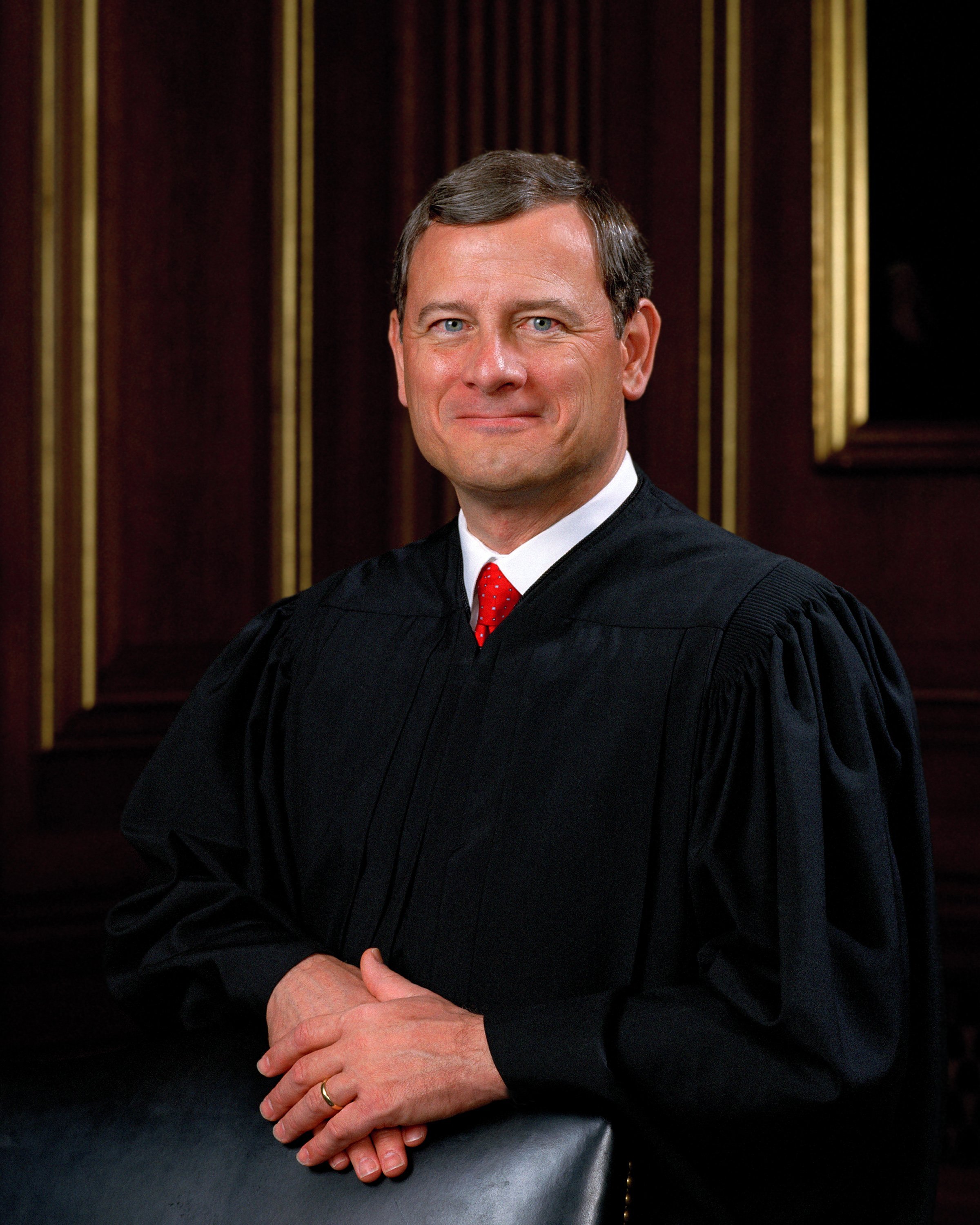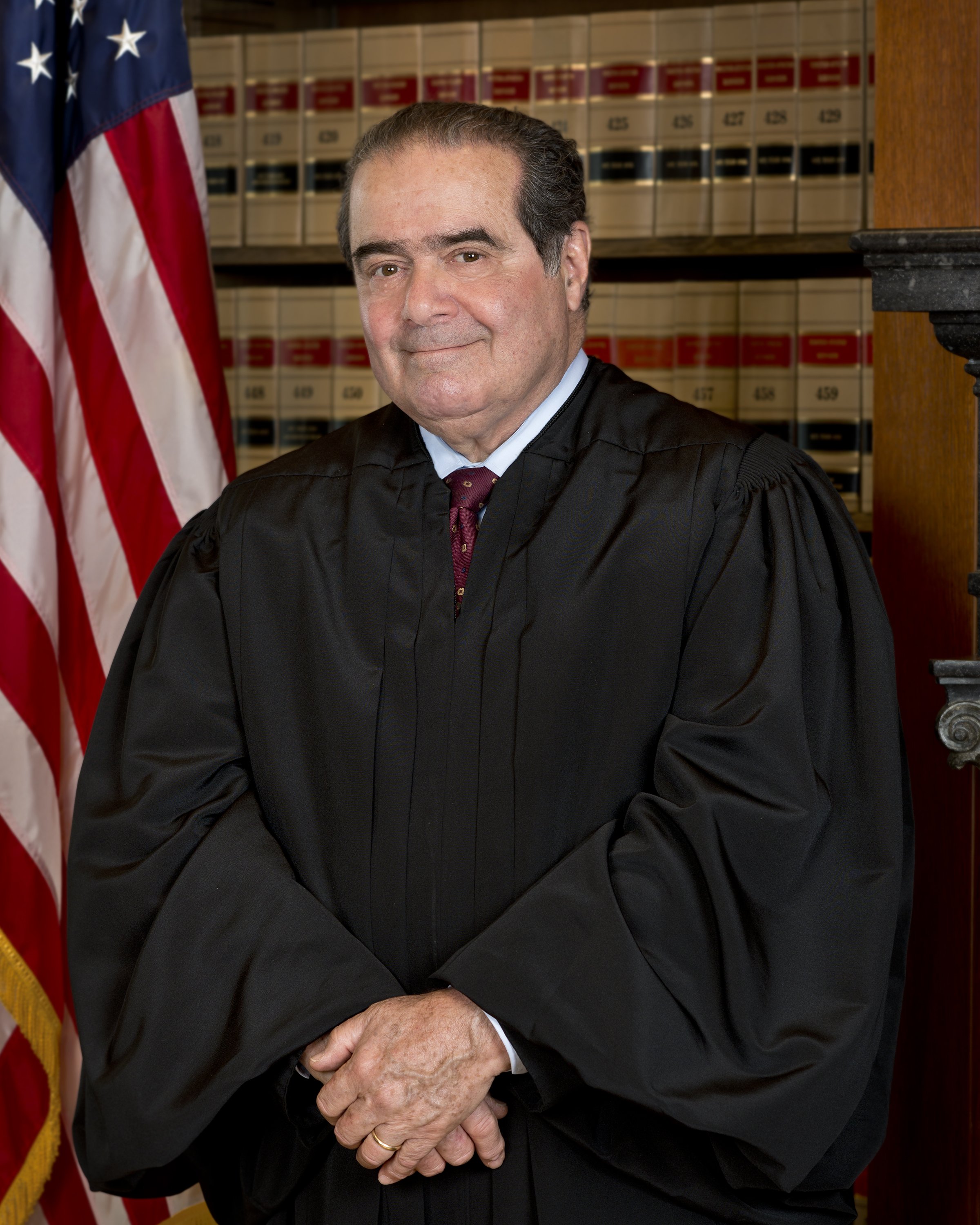District of Columbia v. Heller
Case Overview
CITATION
554 U.S. 570 (2008)
ARGUED ON
March 18, 2008
DECIDED ON
June 26, 2008
DECIDED BY
Legal Issue
Does the Second Amendment protect an individual right to keep and bear arms? If so, did the provisions of the Firearms Control Regulations Act of 1975, which severely restricted the licensing of firearms and prohibited the possession of usable handguns in the home, violate the Second Amendment?
Holding
Yes, the Second Amendment protects an individual right to keep and bear arms and the Firearms Control Regulations Act of 1975 violated that individual right to keep and bear arms.
Dick Heller with his newly approved gun permit at the DC Police Department after the Supreme Court ruled in his favor. | Credit: Mark Wilson/Getty Images
Background
In 1975, the District of Columbia enacted the Firearms Control Regulations Act of 1975, which prohibited residents from owning handguns and required that all guns except for rifles and shotguns be kept unloaded and either disassembled or have a trigger lock. The law allowed the chief of police to issue one-year licenses for handguns, but these were rare.
In 2003, DC resident Dick Heller applied to register his handgun, which he needed for his job as a special police officer at the Federal Judicial Center, but his application was denied. Heller filed a lawsuit in the Federal District Court for DC, claiming that his Second Amendment rights were violated. The case was initially dismissed by the District Court, after which it was reversed by the Court of Appeals for the DC Circuit before reaching the Supreme Court.
Summary
5 - 4 decision for Heller
D.C.
Heller
Roberts
Thomas
Kennedy
Alito
Stevens
Breyer
Ginsburg
Souter
Scalia
Opinion of the Court
Writing for the Court, Justice Antonin Scalia held that the Second Amendment protects the individual right to keep and bear arms and that DC’s regulation prohibiting the ownership and restricting the storage of handguns violated that right. Scalia began by examining the text of the Second Amendment, which is broken into two parts:
Prefatory Clause: “A well regulated Militia, being necessary to the security of a free State, . . .”
Operative Clause: “. . . the right of the people to keep and bear Arms, shall not be infringed.”
Scalia reasoned that the language of the Amendment’s operative clause clearly indicates that the right to keep and bear arms is an individual right, not a collective one. Scalia explains that this exact language is also found in the First Amendment’s Assembly and Petition Clause and the Fourth Amendment’s Search and Seizure Clause, so the Founders clearly intended for the Second Amendment to apply in the same manner. Scalia further reasoned that the operative clause applies to “weapons that were not specifically designed for military use and were not employed in a military capacity…” Scalia explains that just as the First Amendment protects modern forms of communication and not just those available to the Founders, the Second Amendment’s protections also extend to “all instruments that constitute bearable arms, even those that were not in existence at the time of founding.”
Scalia held that the prefatory clause of the amendment refers to a citizen militia of able-bodied men freely organized for the security of the state. Scalia dismisses the petitioner’s argument that the language of the prefatory clause denotes that the Founders meant for the Second Amendment to apply only in the context of the military, showing that the Constitution allows for Congress to raise armies, provide a navy, and call forth the militia. Scalia interprets this to mean that the militia mentioned by the Amendment was already in existence before it was ratified, not one that needs to be organized by Congress. The purpose of this clause is to declare the purpose of the Amendment, not to limit its scope. This means that the right to keep and bear arms is not limited to the context of serving in a militia, but rather is protected an individual right. He wrote, “It was understood across the political spectrum that the right helped secure the ideal of a citizen militia, which might be necessary to oppose an oppressive military force if the constitutional order broke down.”
In effect, Scalia found that DC’s handgun ban and storage requirements amounted to a prohibition of an entire class of arms that have a long and popular place in our culture and nation’s history. Scalia demonstrated this, citing the right of citizens to bear arms found in the English Bill of Rights and nine state constitutions ratified in the 18th and early 19th centuries. With this, however, Scalia acknowledges that there is also a history of limiting this right. While Scalia found that no part of DC’s law withstands strict scrutiny, he explained that “limitation is fairly supported by the historical tradition of prohibiting the carrying of ‘dangerous and unusual’ weapons.” Ultimately, Scalia ruled that the right to self-defense is inherent in the Second Amendment and that “the enshrinement of constitutional rights necessarily takes certain policy choices off the table.”
“That history showed that the way tyrants had eliminated a militia consisting of all the able-bodied men was not by banning the militia but simply by taking away the people’s arms, enabling a select militia or standing army to suppress political opponents . . . During the 1788 ratification debates, the fear that the federal government would disarm the people in order to impose rule through a standing army or select militia was pervasive in Anti-federalist rhetoric.”
— Justice Scalia
Dissenting Opinion by Justice Stevens
In his dissenting opinion, Justice John Paul Stevens argued that the Second Amendment was intended only to secure a collective right related to military purposes, not to protect an individual right to bear arms. Stevens contended that the Amendment should be understood as ensuring the right to use and possess arms in the context of service in a well-regulated militia. He highlighted the framers’ focus on military uses of firearms, which was viewed within the service in state militias, emphasizing the significance of state militias to the founders and their deep concern over the risks posed by standing armies. According to Stevens, the phrase “the people” in the Second Amendment refers to the preamble's objective, underscoring the Amendment's goal to protect the states' role in the divided sovereignty established by the Constitution. He also maintained that the term “keep and bear arms” inherently has a military connotation, writing, “[a]lthough the Court’s discussion of these words treats them as two ‘phrases’—as if they read ‘to keep’ and ‘to bear’—they describe a unitary right: to possess arms if needed for military purposes and to use them in conjunction with military activities.” He suggested that different terminology would have been employed to safeguard nonmilitary use and possession of arms from regulation if that were the founders’ intention.
Dissenting Opinion by Justice Breyer
In his dissenting opinion, Justice Stephen Breyer argued that D.C.’s strict gun laws were a “proportionate” response to a compelling concern for the government. He agreed with the Court’s judgement that the Second Amendment is not absolute, but he disagreed that a strict scrutiny standard should be used for it. Breyer reasoned that the adoption of a strict scrutiny standard would be impossible to achieve, since every gun-control regulation can argue that it advances a compelling government interest (saving the lives of citizens). Instead, Breyer believed that the Court should adopt an “interest-balancing ‘intermediate scrutiny’ standard that weighs the rights protected by the Second Amendment against governmental public safety concerns. He explained, “[t]he fact that important interests lie on both sides of the constitutional equation suggests that review of gun-control regulation is not a context in which a court should effectively presume either constitutionality (as in rational-basis review) or unconstitutionality (as in strict scrutiny).” Applying the intermediate scrutiny test to this case, Breyer did not find it offensive to the Second Amendment. He explained that the regulation “focuses upon the presence of handguns in high-crime urban areas, [and] represents a permissible legislative response to a serious, indeed life-threatening, problem.” He concluded that since he could not find any less restrictive measures that are still as effective, D.C.’s gun laws should be found unconstitutional.










